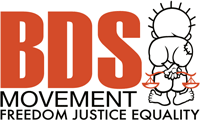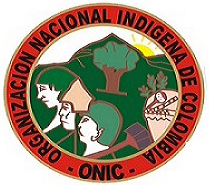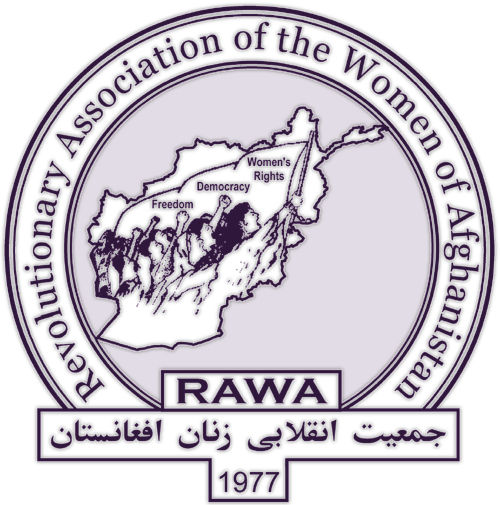Panama
Panama: water shortages threaten 'mega' canal
Panama has opened the long-awaited $5.4 billion expansion of its inter-oceanic canal, completed after nearly a decade of work and forecast to boost global trade. China's container ship Cosco Shipping Panama was the first to pass through the expanded canal, crossing from the Pacific to Atlantic June 26, emerging at a ceremony attended by thousands of onlookers and foreign dignitaries. The expansion is designed to accommodate the huge "neo-Panamax" ships to move far greater quantities of cargo through the canal—also dubbed "mega-ships." But the Spanish-led consortium that carried out the expansion is demanding hundreds of millions of dollars in cost overruns. And there are long-term concerns about available fresh water to feed the expanded canal's new locks. The expanded canal is relying on the same water sources as the original canal—which are already under stress. During this year's El Niño-related drought, shippers had to significantly lighten their loads through the canal. Jorge L. Quijano, CEO of the Panama Canal Authority, has been pressuring Panamanians to conserve water to assure the functioning of the new mega-canal. (China Daily, June 27; Radio Australia, June 26; NYT, June 22; Miami Herald, June 20; American Shipper, March 22)
Panama Papers pummel Peru politicians
Some 50,000 Peruvians filled Lima's Plaza San Martín to recall the April 5, 1992 "autogolpe" (suspension of civil government) by then-president Alberto Fujimori—and to repudiate the presidential ambitions of his daughter Keiko Fujimori, front-runner with the election just five days away. (La República) The mobilization came just as candidate Fujimori (of the right-wing Fuerza Popular party) and three of her rivals have been implicated in the "Panama Papers" revelations. Prime Minister Pedro Cateriano announced via Twitter that the revelations must be investigated promptly. The 11 million documents leaked from Panamanian law firm Mossack Fonseca name political figures from around the world as hiding assets in offshore accounts. Peruvian public-interest media outlet Ojo Publico was a key conduit for the leak. (PeruThisWeek, Andina)
Panama: Barro Blanco dam construction suspended
Panamanian vice president and foreign minister Isabel Saint Malo de Alvarado announced on Feb. 9 that the country's National Environmental Authority (ANAM) had ordered the temporary suspension of work on the $130 million Barro Blanco hydroelectric project, which is being built on the Tabasará river in the western province of Chiriquí. ANAM attributed the suspension to the owners' failure to comply with requirements in an environmental impact study, including those for clear agreements with affected communities and a plan approved by the National Culture Institute (INAC) to protect archeological relics likely to be flooded by the dam. ANAM officials also cited the owners' handling of hazardous waste without an environmental impact study and the lack of a plan for the management of sediments.
Panama: Ngöbe-Buglé set deadline to stop dam
Panamanian officials and leaders of the Ngöbe-Buglé indigenous group were scheduled to meet on Feb. 2 to discuss the controversial Barro Blanco hydroelectric project, which is being built on the Tabasará river in the western province of Chiriquí. Ngöbe-Buglé representatives are calling for the cancellation of the dam and say there will be forceful actions if the government doesn't agree to their demand by Feb. 15. President Juan Carlos Varela has named a committee to represent the government in the talks; it is headed by Vice President Isabel Saint Malo de Alvarado, who is also the foreign relations minister, and includes security minister Rodolfo Aguilera, governance minister Milton Henríquez, labor minister Luis Ernesto Carles and environmental minister Mirei Endara. Some members of the committee held a preliminary meeting with indigenous leaders on Jan. 29, and the government's technical commission was studying the area around the dam on Jan. 31.
Are the FARC narco-traffickers?
Amid peace talks in Havana, Colombia's FARC guerillas issued an angry communique Dec. 14, insisting "We are a rebel group, not narco-traffickers." This was in response to President Juan Manuel Santos' suggestion that FARC drug-trafficking could be considered a "political crime," potentially sparing guerilla leaders prosecution. This of course won Santos howls of outrage from the right; now he gets it from the other side. The FARC statement accused the government of trying to "confuse the minds of Colombians" with a "distortion," and decried the existence of a "capitalist narco-trafficking business" in the country. (El Espectador, El Tiempo, Dec. 14)
Panama: victims remember US invasion
Victims and survivors of the 1989 invasion of Panama by the US held a public ceremony on Dec. 20 to mark the 25th anniversary of the start of the military action. As they have for 25 years, the ceremony's participants called for the US government to acknowledge the damage from the invasion, indemnify the victims and their survivors, and reveal the location of mass graves where some of the dead were buried. "There were bodies that were thrown in the sea, and there are bodies scattered in different places, so we can never finally offer them a tribute," Trinidad Ayola, whose husband died defending an airport, told AFP. "Without justice there can't be peace or reconciliation, and we can't turn the page." President Juan Carlos Varela attended the ceremony, announcing that the government would form a commission to consider the families' demands, including the declaration of Dec. 20 as a national day of mourning. He is the first Panamanian president to attend the annual commemoration.
Colombia: FARC meet army brass, coke flows on
Colombian military brass held their first meeting with FARC guerilla leaders at peace talks in Havana Aug. 22. The meeting focused on the specifics of implementing a ceasefire and the eventual demobilization of the guerillas. Earlier in the week the guerilla leaders met, also for the first time, a group of war victims to discuss formation of a truth commission for the conflict. But Colombia's Prosecutor General Alejandro Ordoñez sent a letter to President Juan Manuel Santos criticizing creation of the Historical Commission on the Conflict and its Victims, fearing an outcome favoring the FARC’s version of events. (BBC News, Aug. 22; Colombia Reports, Aug. 21)
Nicaragua: inter-oceanic canal route approved
Nicaragua's Commission for the Development of the Grand Canal on July 7 approved a route for the proposed inter-oceanic canal through the Central American country. The waterway, to be built by Chinese company HKND, is slated to run from the Río Punta Gorda (South Atlantic Autonomous Region) on the Caribbean Coast to Brito (Rivas department) on the Pacific coast—a route more than three times as long as the 48-mile Panama Canal. The Commission said the canal will be operational by 2020, but questions have been raised on how the Hong Kong-based company plans to finance the project, estimated at $50 billion—nearly four times greater than Nicaragua's national economy. The canal is to be privately owned and operated. Ecologists have raised concerns about impacts on Lake Nicaragua (also known as Cocibolca), Central America's largest lake and an important fresh-water source for the country. There are fears the the water used by the canal's locks could seriously deplete the lake. The Río San Juan, which feeds the lake and forms the border with Costa Rica, would be dammed to feed the locks. Costa Rica has formally demanded the right to review environmental impact studies for the project before work begins. The Rama-Kriol indigenous people, whose territories in the Punta Gorda river basin would be impacted, are demanding to be consulted on the project. (La Prensa, Nicaragua, July 17; Tico Times, Costa Rica; July 15; Nicaragua Dispatch, Reuters, El Financiero, Mexico, July 8)















Recent Updates
9 sec ago
5 hours 24 min ago
8 hours 22 min ago
2 days 2 hours ago
2 days 4 hours ago
3 days 9 hours ago
3 days 9 hours ago
3 days 9 hours ago
5 days 27 min ago
5 days 33 min ago